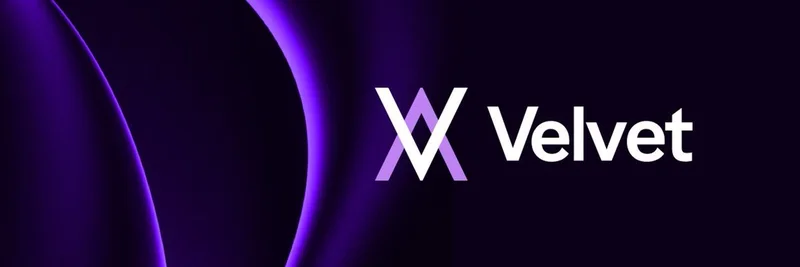In the fast-paced world of cryptocurrency, where innovations pop up almost daily, it's not every day that a heavyweight like Robert Leshner drops a statement that gets everyone talking. As the CEO of Superstate Funds and the founder of Compound—one of DeFi's pioneering protocols—Leshner knows a thing or two about what's shaking up the markets. His recent tweet has sparked debates across the crypto community: "Digital asset treasury companies are the most important innovation in crypto markets since the perp. Whether we like it or not."
For those new to the lingo, "perp" refers to perpetual futures, those endlessly rolling contracts that let traders bet on crypto prices without an expiration date. They revolutionized trading on platforms like BitMEX and later Binance, bringing in massive liquidity and turning crypto into a 24/7 global casino. Now, Leshner is putting digital asset treasury companies on the same pedestal. But what exactly are these companies, and why are they such a big deal?
Digital asset treasury companies essentially bridge traditional finance and crypto by tokenizing real-world assets like U.S. Treasury bonds. Think of them as on-chain versions of money market funds. Companies like Superstate (which Leshner leads), BlackRock's BUIDL fund, and others allow investors to hold tokenized treasuries that earn yields from government securities, all while enjoying the benefits of blockchain—speed, transparency, and composability. This means you can use these tokens in DeFi protocols, as collateral, or even in automated strategies, without leaving the crypto ecosystem.
Leshner's tweet isn't just hype; it's rooted in the growing trend of real-world asset (RWA) tokenization. With trillions in traditional treasuries sitting idle, bringing them on-chain could unlock unprecedented capital flows into crypto. Imagine meme token projects diversifying their treasuries into these stable, yield-bearing assets instead of just holding volatile coins. It could stabilize community funds, reduce rug-pull risks, and make meme ecosystems more sustainable. Even if you're deep into dog-themed tokens or viral pumps, this innovation indirectly boosts the entire space by attracting institutional money.
The reactions to Leshner's post were mixed, as you'd expect in crypto Twitter (now X). Some users hailed it as spot-on, with one reply calling them "DeFi machines" and "the future of asset management." Others were skeptical, warning about potential blowups akin to Luna or FTX if things go south with lesser-known tokens. One commenter quipped about "buying a PIPE" (private investment in public equity), hinting at insider deals in this budding sector. And let's not forget the calls for more explanation—after all, not everyone's knee-deep in treasury tokenomics.
Why does this matter for meme token enthusiasts? Well, as meme coins evolve from pure speculation to community-driven projects, tools like tokenized treasuries could become key. Projects might allocate DAO funds to these assets for steady yields, funding development or rewards without selling off their native tokens. It's a step toward maturity in a space often dismissed as frivolous. Plus, with regulatory clarity improving (fingers crossed), these innovations could draw in tradfi players, indirectly pumping liquidity into memes via broader market growth.
Leshner ends his tweet with "whether we like it or not," acknowledging that not everyone’s thrilled about more tradfi creeping into crypto. Purists might see it as dilution of the decentralized ethos, but pragmatists argue it's necessary for mass adoption. As blockchain practitioners, keeping an eye on these developments is crucial— they could reshape how we build, invest, and even meme.
If you're curious about Leshner's original post, check it out here. And for more insights on how RWAs are intersecting with meme tokens, stick around on Meme Insider—we're your go-to for decoding the wild world of crypto memes and beyond.


